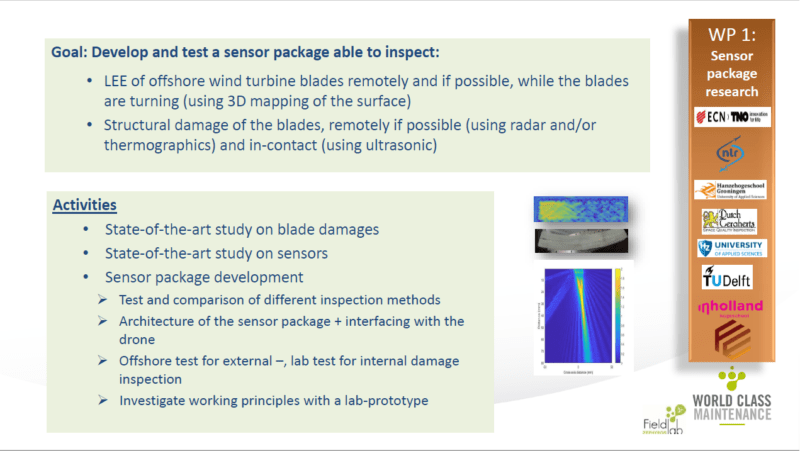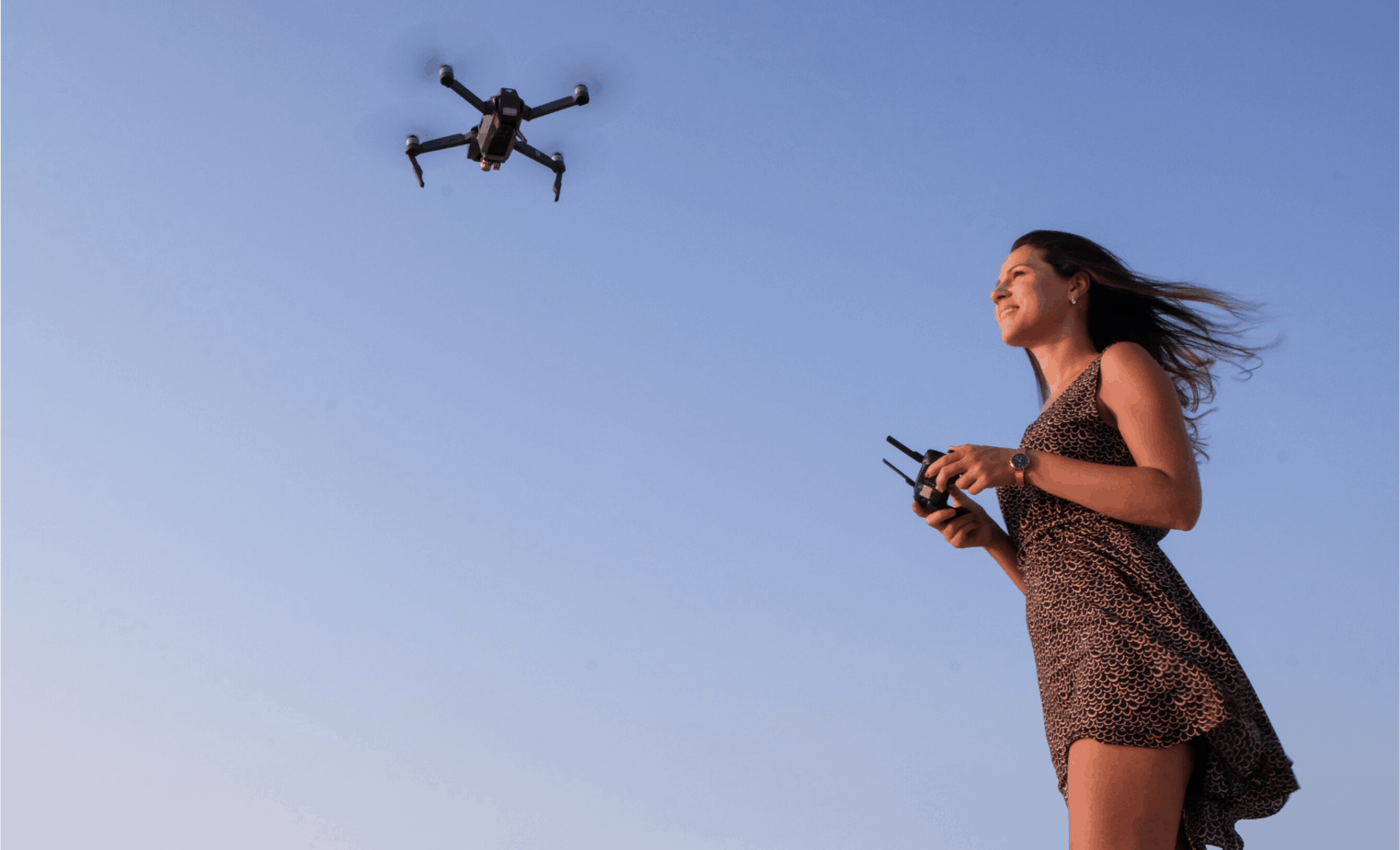

Lensky Y, Cassier P, Notkin M et al (1985) Pheromonal activity and fine-structure of the mandibular glands of honeybee drones ( Apis mellifera L) (Insecta, hymenoptera, Apidae). Laidlaw HH, Page RE (1996) Queen rearing and bee breeding. Koeniger N, Koeniger G, Gries M, Tingek S (2005) Drone competition at drone congregation areas in four Apis species. Keeling CI, Plettner E, Slessor KN (2004) Hymenopteran semiochemicals. Keeling CI, Slessor KN, Higo H a, Winston ML (2003) New components of the honey bee ( Apis mellifera L.) queen retinue pheromone. Ikeno H, Akamatsu T, Hasegawa Y, Ai H (2014) Effect of olfactory stimulus on the flight course of a honeybee, Apis mellifera, in a wind tunnel. Howell DE, Usinger RL (1956) Observations on the flight and length of life of drone bees. Grozinger CM, Fischer P, Hampton JE (2007) Uncoupling primer and releaser responses to pheromone in honey bees. J Comp Physiol A Neuroethol Sens Neural Behav Physiol 193:461–470. Grozinger CM, Robinson GE (2007) Endocrine modulation of a pheromone-responsive gene in the honey bee brain. Grozinger CM (2015) The hive and the honey bee. Gerig L (1972) Ein weiterer Duftstoff zur Anlockung der Drohnen von Apis mellifica (L.) Zeitschrift für Angew Entomol 70:286–289. Gary NE, Marston J (1971) Mating behaviour of drone honey bees with queen models ( Apis mellifera L.) Anim Behav 19:299–304. Galindo-Cardona A, Monmany AC, Diaz G, Giray T (2015) A landscape analysis to understand orientation of honey bee (Hymenoptera: Apidae) drones in Puerto Rico. Br J Anim Behav 5:7–11įukuda H, Ohtani T (1977) Survival and life span of drone honeybees. (96)00110-2įree JB (1957) The food of adult drone honeybees ( Apis mellifera). Wcwas Press, KalamazooĮngels W, Rosenkranz P, Adler A et al (1997) Mandibular gland volatiles and their ontogenetic patterns in queen honey bees, Apis mellifera carnica. Ĭonnor JC (2009) Queen rearing essentials. īrandstaetter AS, Bastin F, Sandoz J-C (2014) Honeybee drones are attracted by groups of consexuals in a walking simulator.


Philos Trans R Soc Lond B Biol Sci 351:947–975īoucher M, Schneider SS (2009) Communication signals used in worker-drone interactions in the honeybee, Apis mellifera. īoomsma JJ, Ratnieks FLW (1996) Paternity in eusocial hymenoptera.

īlum MS (1996) Semiochemical parsimony in the Arthropoda. These studies shed light on the role drones and drone-produced chemicals have on mediating social interactions with other drones and highlight their potential importance in communicating with other castes.īastin F, Cholé H, Lafon G, Sandoz J-C (2017) Virgin queen attraction toward males in honey bees. Drone mandibular glands primarily produce a blend of saturated, unsaturated and methyl branched fatty acids ranging in chain length from nonanoic to docosanoic acids, and both gland extracts and synthetic blends of these chemicals serve to attract drones outside of the hive, but do not attract workers inside the hive. Here we elucidate the chemical composition of extracts of the drone mandibular gland, and test the hypothesis that compounds produced in these glands, or a synthetic blend consisting of the six main compounds, mediate drone social interactions in and out of the colony. However, several lines of evidence suggest that drones engage in a variety of social interactions inside and outside of the colony. While diverse functions have been ascribed to queen- and worker-produced compounds, few studies have explored the identity and function of male-produced (drone) compounds. Pheromones play a critical role in shaping societies of social insects, including honey bees, Apis mellifera.


 0 kommentar(er)
0 kommentar(er)
